6 Surprising Ways Mice Are Getting Into Your Home
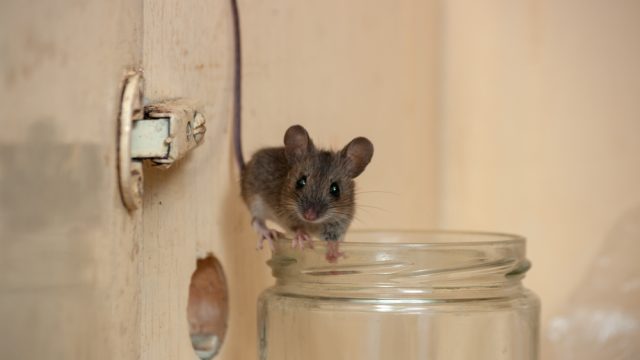
Whether it’s relaxing on a warm summer night on your porch or gazing out the kitchen window with your morning coffee in hand, it’s nice to be able to enjoy a little bit of the outdoors from the comfort of your home. Unfortunately, it’s not quite the same experience when a bit of nature makes its way indoors—especially when it comes to pests. But while keeping rodents out of the house is an age-old problem, it can help to know some of the surprising ways mice can get into your home. Read to see what experts have to say about keeping pests at bay.
READ THIS NEXT: If You’re Not Cleaning This, You’re Inviting Mice Into Your Home.
1
Air conditioners
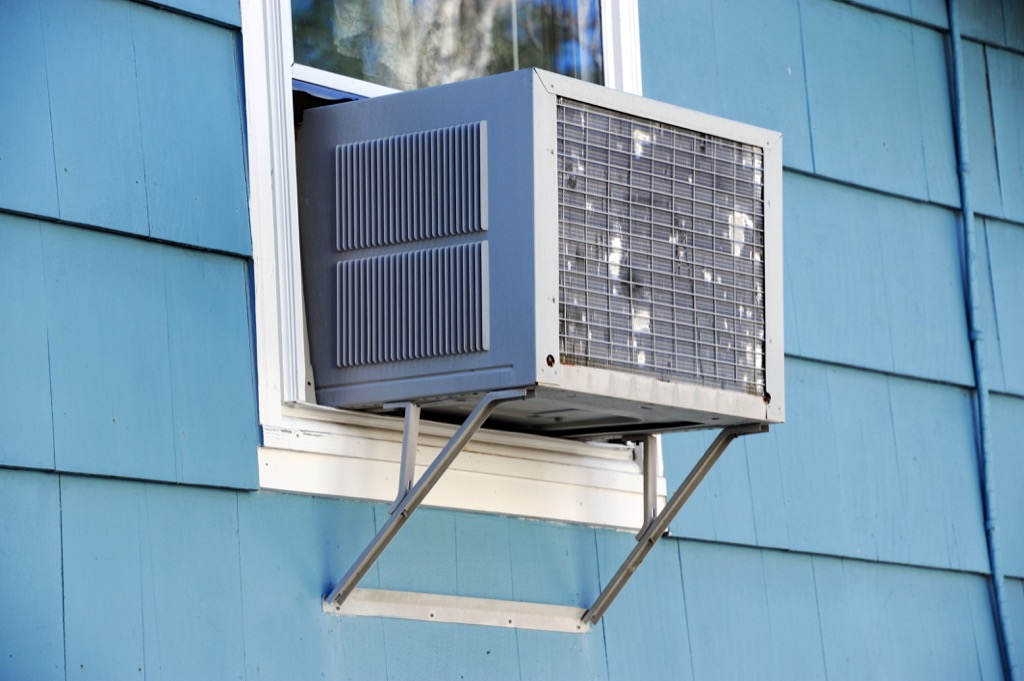
Getting through the dog days of summer usually takes a strong will and a sturdy appliance to keep your home at a comfortable temperature. But besides keeping you cool, your climate control might also provide an accessible entryway for mice into your house.
“Air conditioner ducts lead to the outdoors, often only having a screen to cover it,” Ken Unger from Suburban Pest Control tells Best Life. “Rodents like mice can easily chew through these and nest within it or make their way inside.”
Unger recommends checking the seals around your air ducts or having a professional inspect and seal any openings to keep pests out. Otherwise, rodents may be able to slip their way in even through the tiniest gaps.
2
Pet doors
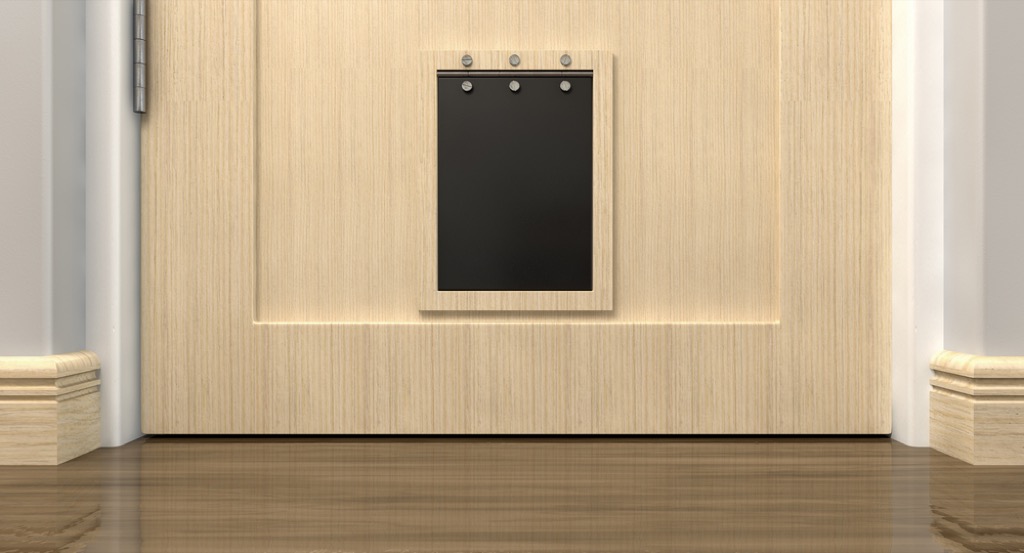
Installing a doggie or cat door can be an easy way to ensure your furry friend can always let themselves in and out of your home. Unfortunately, they also make the same access available for other creatures.
“If you have a pet door for your dog or cat, you’re opening your home up to mice,” Donnie Shelton, owner of EnviroCon Termite & Pest in Texas, tells Best Life. “We generally recommend that pet doors are installed so they are at least eight inches off of the ground and locked at night, which makes it more difficult for mice to enter.”
RELATED: For more up-to-date information, sign up for our daily newsletter.
3
Cracks in your foundation
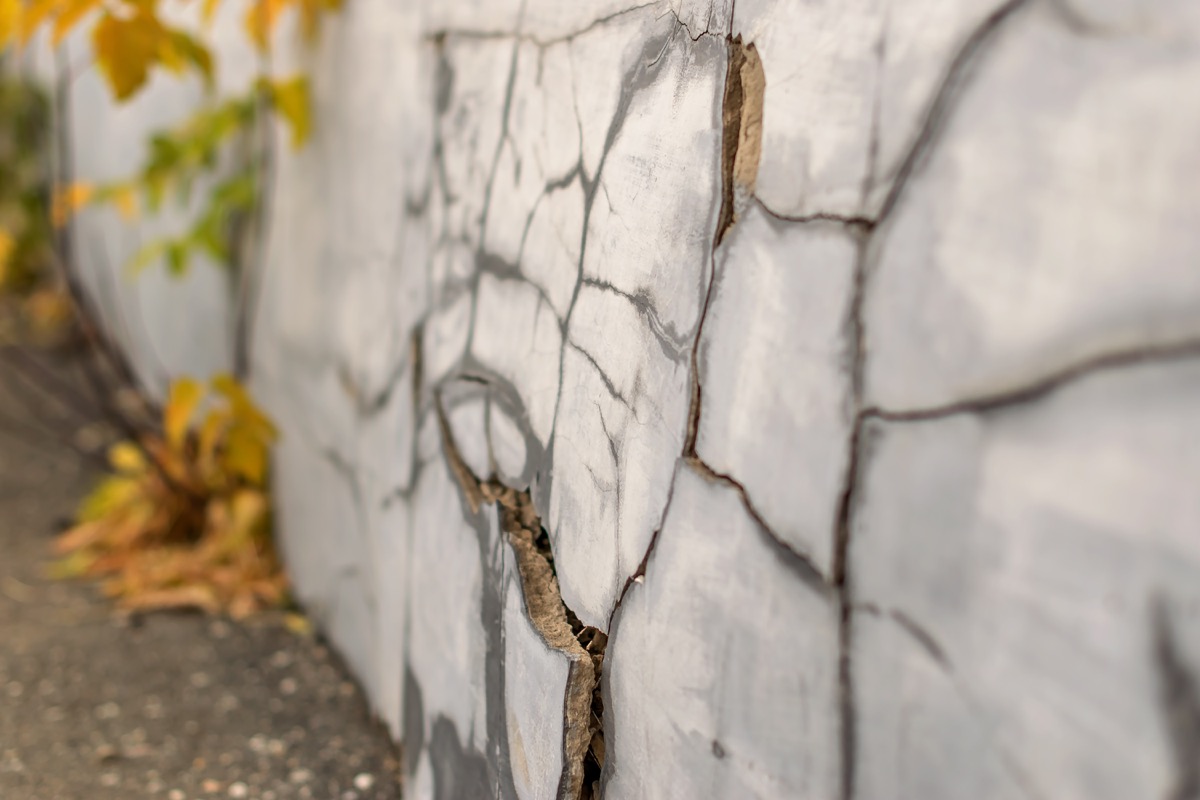
It’s no secret that rodents can make the most of even the tiniest of entryways. But experts warn that the foundation of your house can sometimes provide cracks and holes that go unnoticed until it’s too late.
“Mice can enter your home through the smallest cracks and crevices,” Brian Olson from the bugman tells Best Life. “If there is a gap that is even less than 2 centimeters [or .79 inches], they have the ability to squeeze through. If there are two main contributors that attract rodents, it would be food and shelter. They will look for these two things by entering your home through walls, cracks in the foundation, and even through your attic.”
To ensure you’re not providing free housing for rodents, experts suggest running regular inspections of your home for any trouble areas and patching up any openings immediately.
READ THIS NEXT: If You Notice This Smell at Home, You May Have Mice, Experts Warn.
4
Pipes and sewer lines
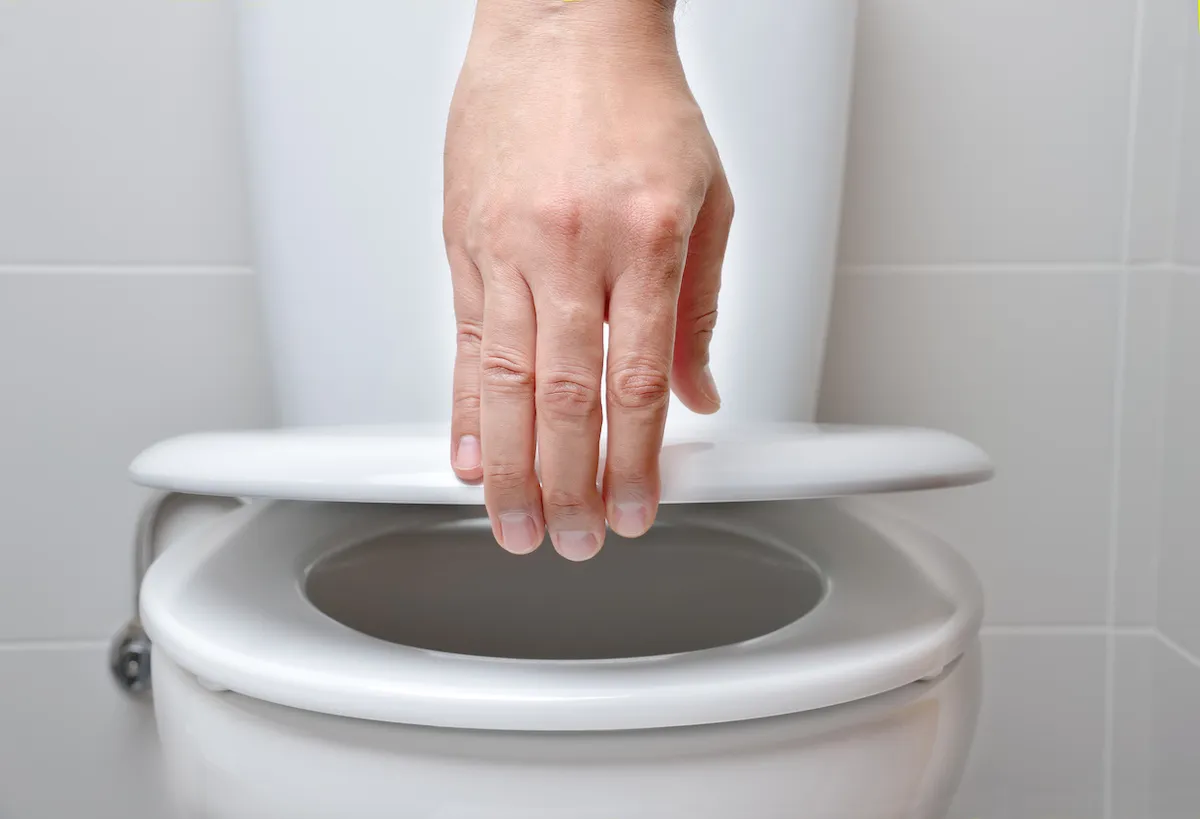
It may sound like a nightmare scenario, but your plumbing can provide an entryway to your house for rodents. “A surprising way that mice can get into your home is through sewer lines,” Joel Miller, owner of Miller Pest & Termite. “If pipes are not sealed properly they can get inside through drains in sinks or bathtubs in your home.”
While most modern constructions consider this, you should immediately consult a professional if you discover a pest crawling its way out from your plumbing.
5
Attic vents
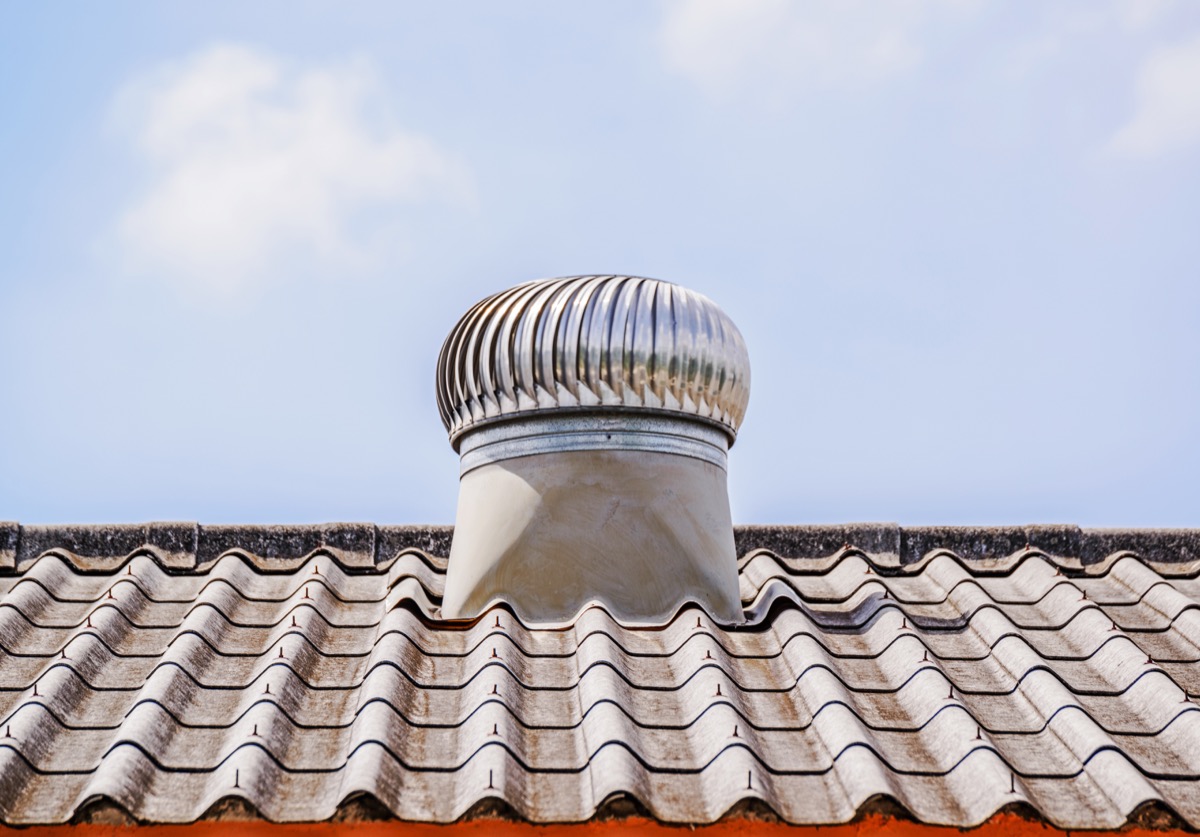
Depending on where you live, keeping the upper levels of your house cool may be an exceptionally high priority. But the same vents that keep your home cool could be providing easy access to pests.
“If you have exposed attic vents on your roof, mice will attempt to gain entry if they are able to climb a tree or shrub that’s close to your attic vent,” says Shelton. “You should always ensure that bushes and trees are at least a few feet away from your home and your roof to ensure rodents are using the tree as a ladder into your attic.”
6
Gas lines

Holes into your foundation may develop over time due to exposure to the elements and natural wear and tear. But other gaps in your exterior walls may actually be planned—including how you pipe essential utilities to your appliances.
“If your home has gas lines coming into your home, these pipes have to travel from outside your home through your foundation or exterior wall,” David Floyd, owner of ThePestInformer, tells Best Life. “This can sometimes mean there are small gaps between the pipe and the foundation of your home, which can be enough for mice to use as an entry.”
To make sure you’re limiting entry to just cooking and heating gas, Floyd recommends inspecting the space where pipes connect to your home for any holes or spaces. If you discover any problems, a professional should fill them to ensure no pests can get through.
READ THIS NEXT: 6 Foods in Your Kitchen That Are Bringing Mice Into Your Home.